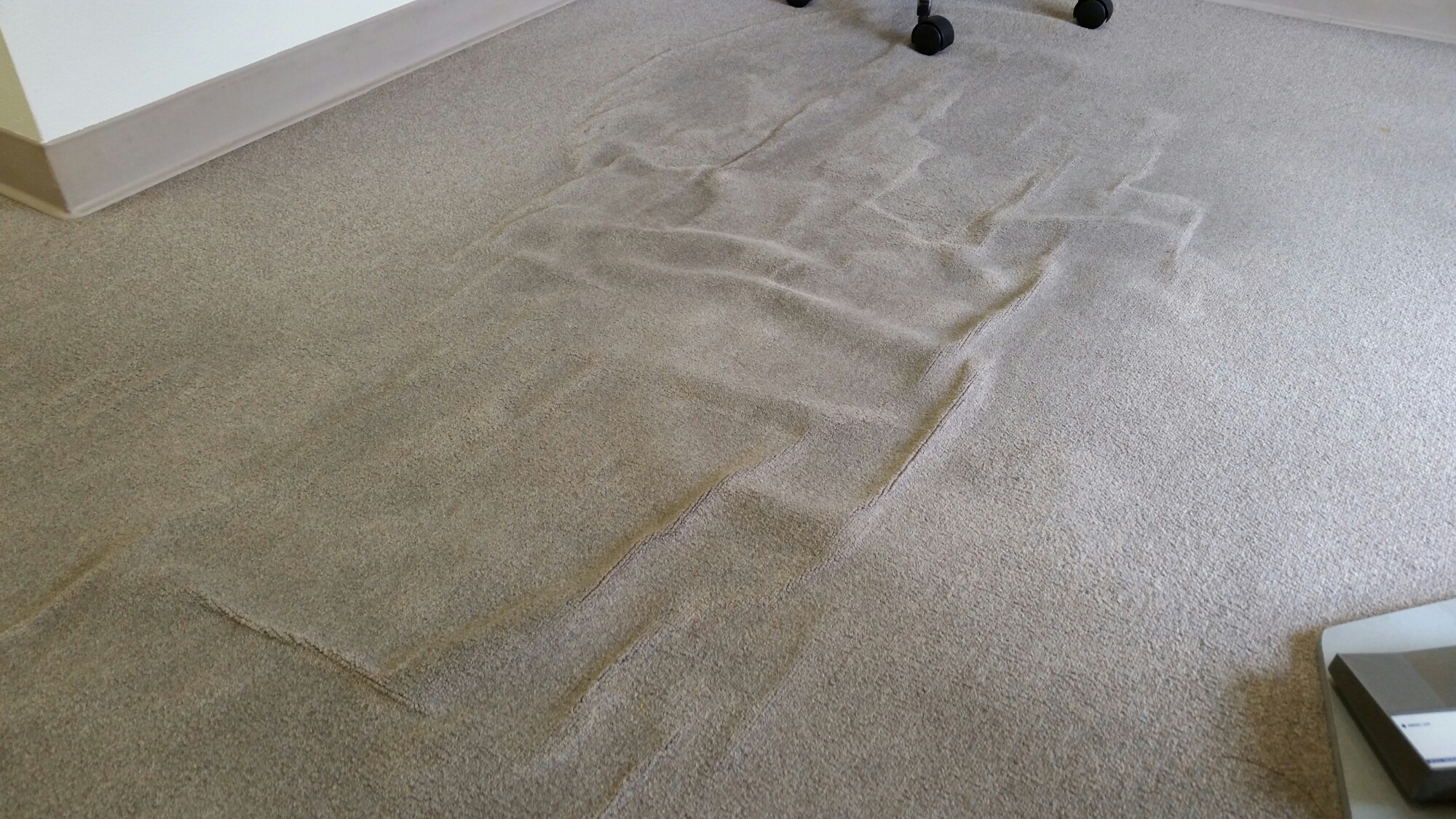Understanding carpet rippling: causes, prevention, and solutions

In this article, we'll delve into the common reasons behind this issue, explore preventative measures, plus effective solutions by flooring experts.
Humidity and Its Impact
One significant factor contributing to carpet rippling is humidity. During the summer months, carpets are more prone to rippling due to the drastic change in temperature post-winter. Increased humidity leads to moisture absorption by the carpet, causing it to swell. To mitigate the risk of rippling, consider running your air conditioning system or, for a more budget-friendly option, install a dehumidifier in your home.
Heavy Furniture Movement
The movement of heavy furniture across the carpet surface is another common cause of rippling. When heavy items are dragged, the smooth carpet surface stretches, losing its original texture. To prevent carpet rippling, restrict the use of carpets for walking purposes only and avoid dragging heavy furniture across them.
Improper Installation Techniques
Improper installation is a crucial contributor to carpet rippling. When installing wall-to-wall carpets, they must be stretched tightly to avoid future issues. Loose stretching during installation can result in rippling. To ensure proper installation, opt for professional service providers who utilise power stretchers and treat carpets before installation.
Inadequate Underpadding
The underpadding beneath carpets plays a crucial role in their longevity. Incorrect cushioning can lead to carpet buckling as it introduces flexibility into the carpets. Choosing the right type of under-padding is crucial, considering factors such as density and thickness to avoid this problem. By preventing the need for carpet replacement, you can reduce your overall flooring costs.
Dealing with Delamination Issues
Broadlooms are constructed with primary and secondary looming to enhance strength and appearance. However, delamination can cause carpets to move freely. Wet carpets and unexpected manufacturing defects are major contributors to delamination.
In conclusion, carpet rippling can result from various factors, each requiring specific attention and preventive measures. Proper care is essential to minimise the chances of rippling.
If your carpets are already experiencing issues, seek assistance from expert floor specialists available on platforms like Service.com.au, who can effectively repair buckling or tears in your carpet.
Further Reading
- 4 Ways Rugs Can Completely Transform Your Space
- Is the Cost of Underfloor Heating Worth It?
- How Much Does Carpet Cleaning Cost? | 2024 Cost Guide